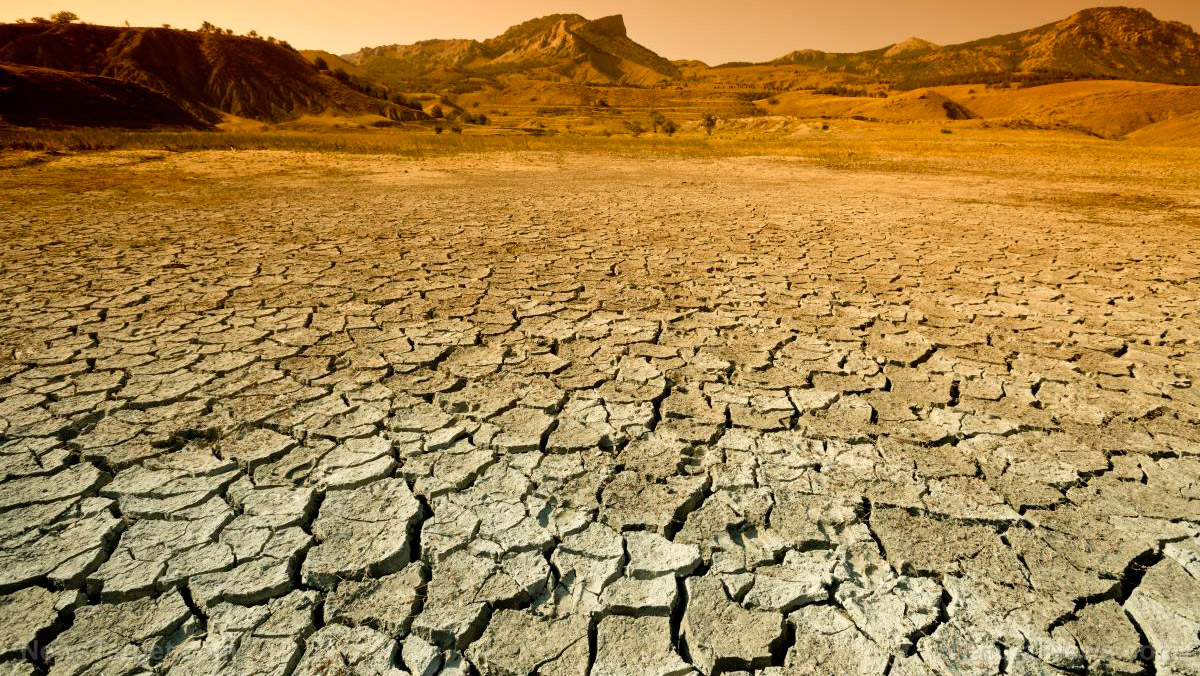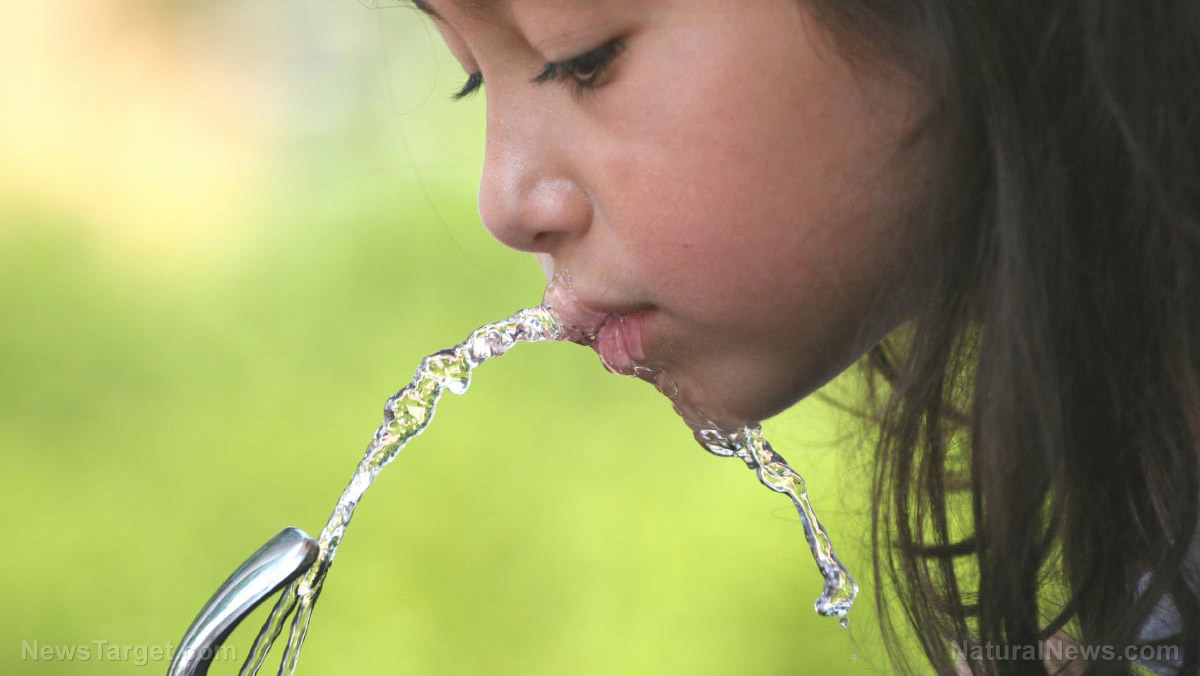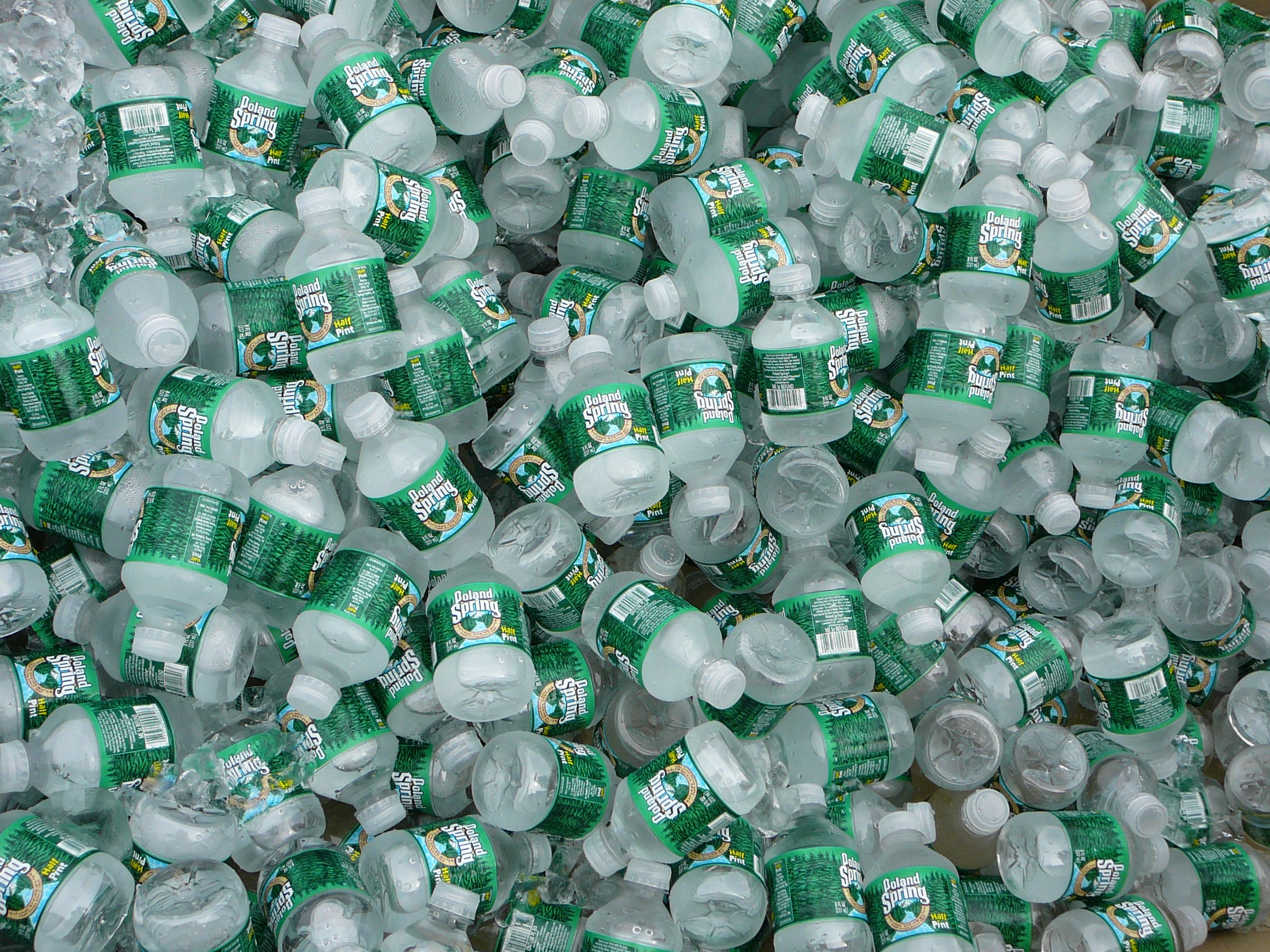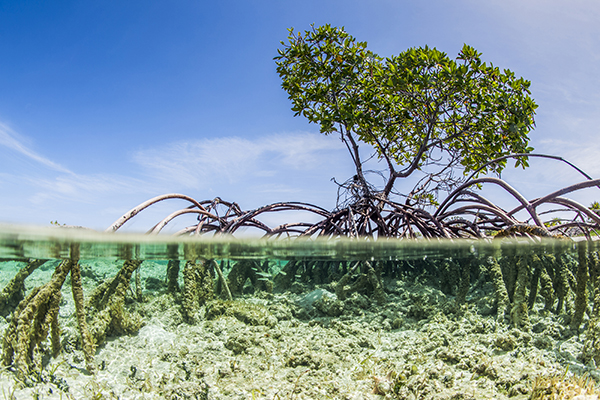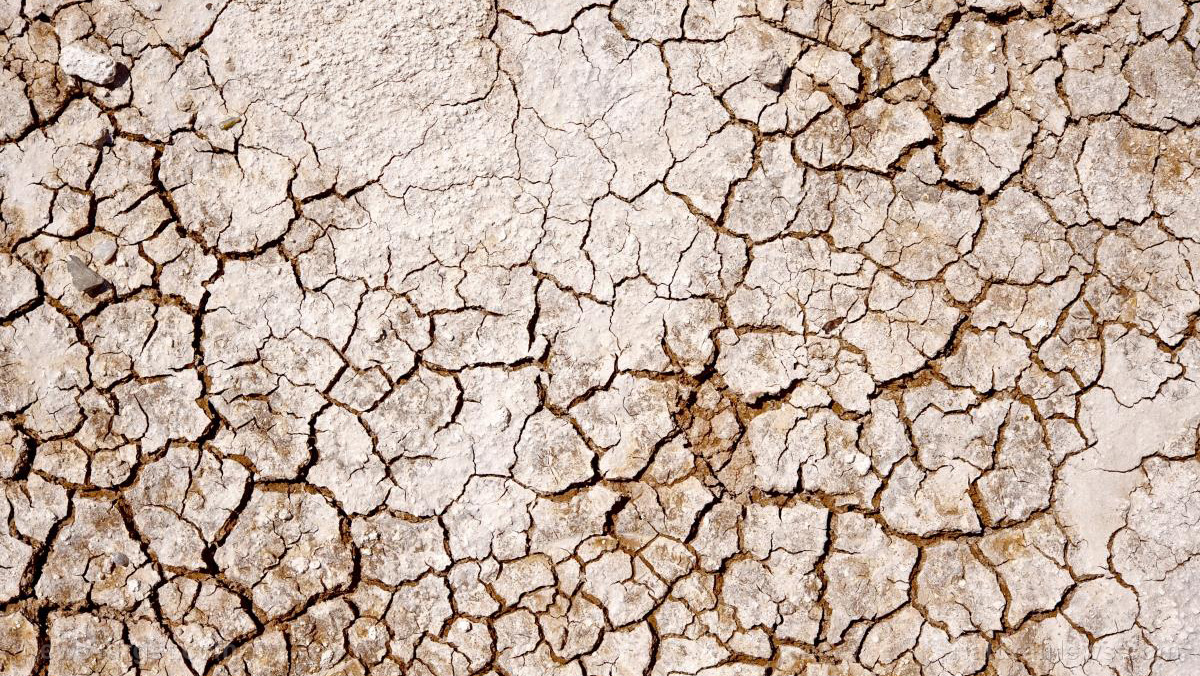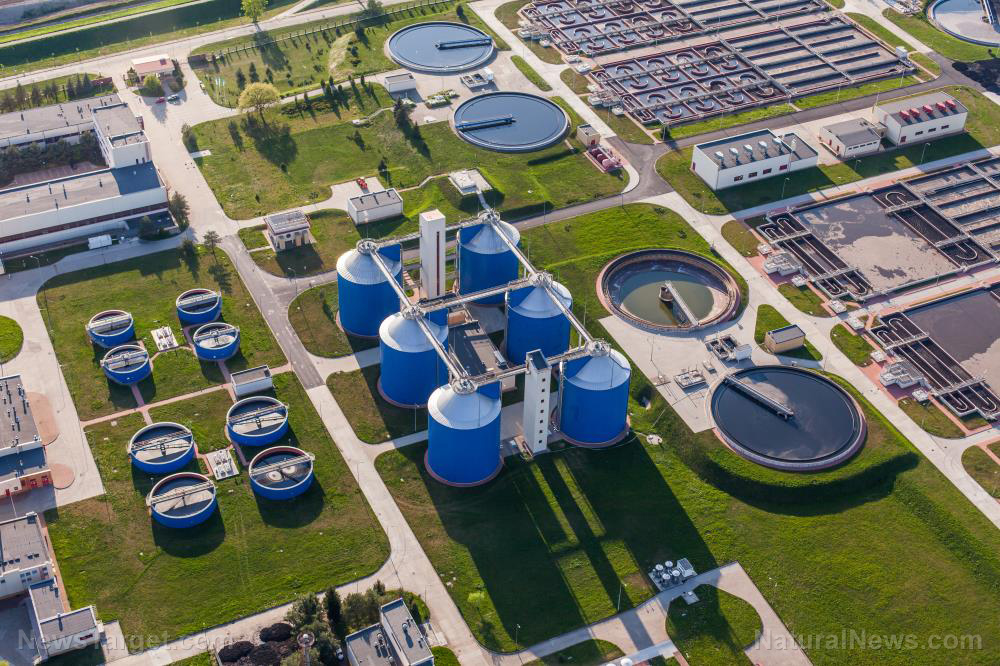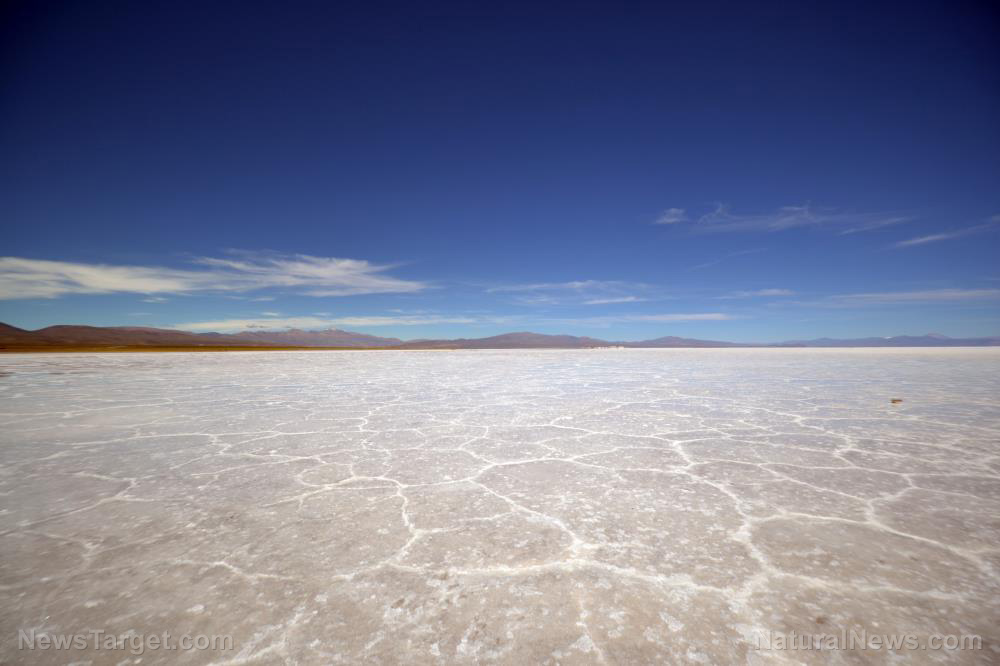California’s San Joaquin Valley, once fertile farming ground, now succumbing to drought
05/09/2021 / By Ramon Tomey

California’s San Joaquin Valley is well-known for its fertile orchards and bountiful produce. But this perception may soon change with a new drought looming on the horizon, even as the valley is still reeling from earlier droughts. Reductions to water allotments at the state and federal levels, alongside California Gov. Gavin Newsom’s inaction, only worsen the problem.
California – and the West Coast in general – is no stranger to drought. Generations of farmers in the valley have often drilled wells to tide themselves over the dry season. But farmers in the Golden State are now facing a plethora of challenges. New laws to guarantee environmental protections and a seemingly endless dry season have made some question the future of farming there.
Tulare County Farm Bureau President John Guthrie expressed pride over his family’s history in the valley. He claimed that they have has been working the land there for more than a century. “If not for that, I would seriously consider bowing out of this business,” he remarked.
But the cattle rancher and farm owner has expressed uncertainty over that way of life. “Things were tough enough without having to deal with regulations that are becoming more onerous by the day,” Guthrie lamented.
Dino Giacomazzi is another resident questioning the future of farming in the valley. The dairy farmer-turned-almond grower closed his family’s 126-year-old dairy farm in 2014 to plant almonds, amid the worst drought that had hit the state in years. “We just didn’t see a path forward in ‘cowdom.’ We had a very old 400-acre facility in an increasingly regulated world when it comes to air, food and water. [Also,] we were facing years of low milk prices,” he said.
Giacomazzi admitted that the transition from cows to almond trees was not a smooth one. He lamented California farmers planting too many almonds – which oversupplied the market and brought prices down. The ongoing pandemic also made things worse by making it more expensive to bring almonds to market.
Farmers paid the price for California’s supposed environment-friendly actions
California legislators passed the Sustainable Groundwater Management Act back in 2014 during the term of former Gov. Jerry Brown. This complex law called for all groundwater taken from wells to match the amount returned to aquifers by 2040. But experts claimed that the bill’s requirements were a herculean task as it called for a million acres of farmland state-wide to produce no crops.
State and federal allocations of surface water in California also saw reductions because of less snowpack. Melting snow from the Sierra Nevada mountain range serves as an alternative water source for the dry California valley. But with the lower amounts of snow, growers have turned to underground sources of water for their farms.
Large orchards drill wells – some up to more than 1,000 feet – to obtain water for citrus, almond and pistachio trees.
But with more wells being drilled, older ones have dried up causing the ground to sink. It also permitted harmful chemicals from farming to leach into deeper water sources.
This in turn affected a number of locations in California, including Tombstone Territory in Fresno County. Many of the territory’s Hispanic residents feared that the wells they depended on would eventually run dry. Community activist and resident Jovita Torres remarked: “I’ve still got dirty water coming out of my tap, and bottled water is still being delivered to our community every Friday.”
Her neighbor Rodolfo Romero attributed the issue to “climate changes and political forces … too big to stop.” The 95-year-old lamented the eventual loss of the life-giving wells in their area. “So the way I see it, there is no way to live off our wells anymore. Those days are over,” he said.
In recent weeks, Republicans have called on incumbent governor Newsom to declare a statewide drought emergency. Under such an emergency, state regulators would be able to relax water quality and environmental standards. The said standards limit water supply deliveries from the water hub at the Sacramento-San Joaquin River Delta.
But the GOP lawmakers’ calls were in vain as the governor declared the emergency only in the Sonoma and Mendocino counties.
The drought, low water supply and insufficient government response in California has raised fears of a different future for the San Joaquin Valley farmlands. Here, once-fertile orchards would give way to subdivisions and industrial parks. Denise England of the Tulare County Water Commission remarked: “If things continue in the direction they’re headed right now, there’s going to be lots of new open space around here – and that ground will have to be used for something.”
Visit Collapsifornia.com to read more articles about California’s water supply issues.
Sources include:
Tagged Under: California, clean water, Collapse, collapsifornia, crop farming, crop irrigation, disaster, drinking water, Drought, drought emergency, farming, food collapse, food supply, groundwater wells, harvest, natural aquifers, San Joaquin Valley, surface water allocations, Sustainable Groundwater Management Act, water, water sources
RECENT NEWS & ARTICLES
COPYRIGHT © 2017 WATER WARS NEWS




